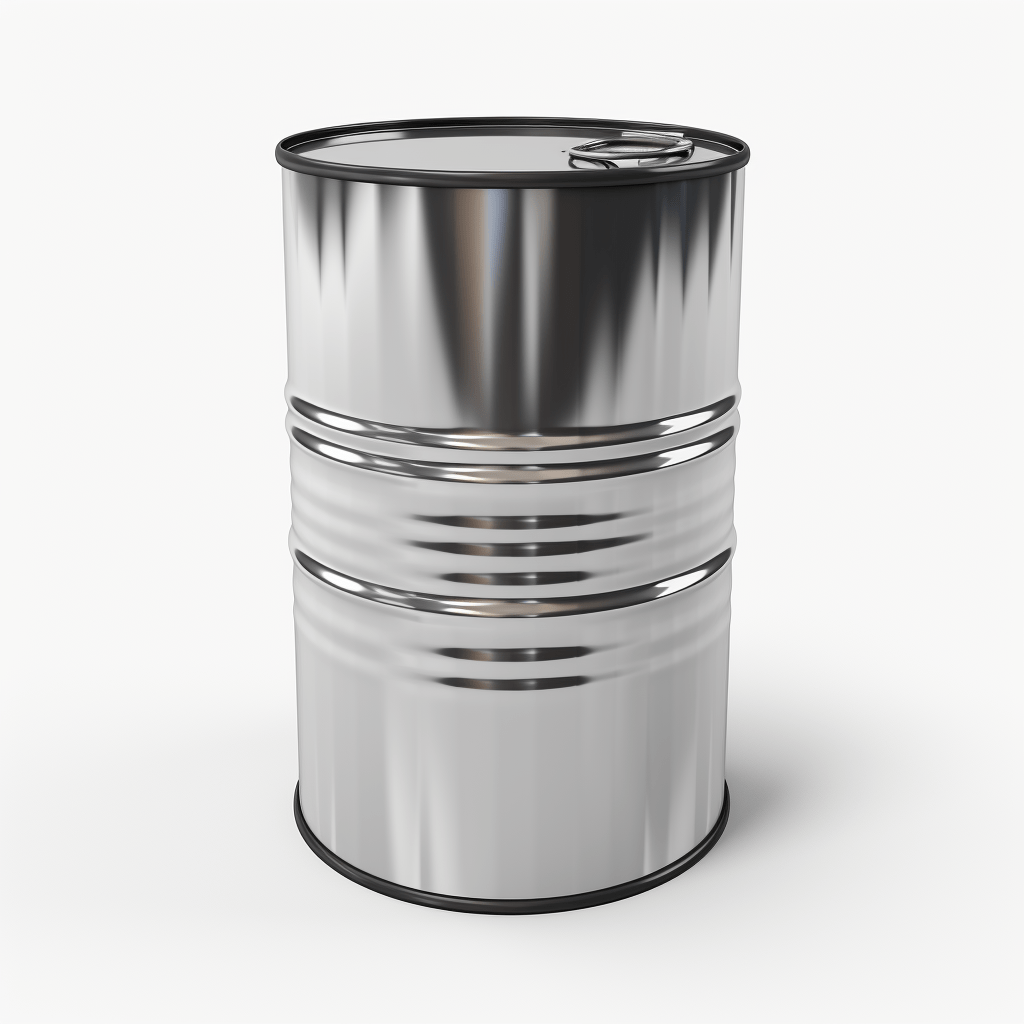How to Ground Drums Containing Dangerous, Hazardous, and Flammable Chemicals: Grounding Drums 101

How to Ground Drums: When working with drums containing hazardous or flammable chemicals, proper grounding is essential for protecting personnel, preventing static discharge, and lowering the risk of explosions or fires. Grounding dissipates any static charges that accumulate during drum filling, emptying, and using of material; this tutorial explores its importance while discussing grounding techniques between metal and poly drums, providing step-by-step instructions on properly ground drums.
Grounding requirements apply to class I, class II, and class III hazardous materials including (200 Proof Ethanol, 190 Proof Ethanol, n-Pentane, n-Heptane, and n-hexane)
Why Is Grounding Important?
Static electricity can accumulate on drums due to liquid movement within non-conductive containers like poly drums. If left uncontrolled, this static charge could create sparks during drum operations that ignite flammable vapors and create an unsafe situation. Grounding flammable drums effectively balances out electrical potential between the drum and its surroundings and minimizes the risk of static discharge and subsequent ignition.
How to Ground Drums: Metal
Because metal drums are inherently conductive, they’re easier to ground than non-conductive poly drums. Here are the steps necessary for how to ground drums that are metal:
Select an effective grounding method: Various grounding methods are available for metal drums, depending on your facility’s unique requirements. Some standard solutions include using a grounding clamp, bonding wire, or grounding rod as grounding methods.
Prepare the Grounding Clamp: Before connecting any electronic equipment to an earthing clamp, ensure its surface is free from corrosion or damage. A suitable grounding clamp should have jaws that can securely grip onto a drum to provide a solid electrical connection.
Appropriate Grounding Location: Locate an ideal grounding point or system and ensure it is clear from paint, rust, and other coatings that could interfere with conductivity.
Attach a Grounding Clamp: Open and attach the jaws of a grounding clamp securely to any metal surface on the drum, such as its bung or rim, for best results in creating a low resistance path for static charge dissipation.
Connect the Grounding Cable: Secure the grounding clamp to its location by connecting a suitable and insulated grounding cable, fastened securely for best results during drum operations, and designed to prevent accidental disconnection from the clamp.
Verify Ground Connection: Before engaging in any drum operations, ensure that the ground connection is secure and has good electrical continuity between the drum and its grounding point. Conduct regular checks for signs of damage or loose connections.
OSHA grounding and bonding requirements for flammable liquids (Grounding and bonding 55-gallon drums)
How to Ground Drums: Poly
Poly drums, being non-conductive materials, require specific methods for grounding them correctly. Here’s how to ground drums that are plastic (poly):
How to ground plastic: Determine whether the poly drum has an embedded ground wire: Many modern poly drums feature embedded grounding wires to promote adequate grounding of their contents. Locate this grounding wire, which should typically be located near the filling or dispensing area of the drum.
Inspection of Ground Wires: Verify that your ground wire is undamaged and free from damage or breaks. If it appears damaged, consult the drum manufacturer or purchase one with functional grounding wires.
Appropriate Grounding Location: Determine a practical grounding point or system within your facility to conduct electricity without coatings or insulation materials preventing its conductivity.
Connect the Ground Wire: Secure one end of a grounding cable using an appropriate connection, such as a clamp or grounding lug, to ensure proper grounding of your drum’s ground wire. Make sure the connection is tight to ensure optimal grounding results.
Assemble the other end of the grounding cable: To ensure a secure and low-resistance connection, connect the other end directly to its designated grounding location.
Before initiating any drum operations, verify that the ground connection is secure and that electrical continuity between the drum’s ground wire and grounding point is maintained. Conduct regular inspections on any connections for signs of damage or looseness.
Grounding drums filled with hazardous and flammable chemicals is critical to creating a safe working environment and avoiding accidents. Following proper grounding techniques is crucial for dissipating static charges and lowering ignition risks; by understanding its importance and following this tutorial’s step-by-step instructions, you can ensure the safe handling and storage of drums containing such substances in your facility. For best practices for grounding in any industry setting, please consult safety regulations and guidelines.
